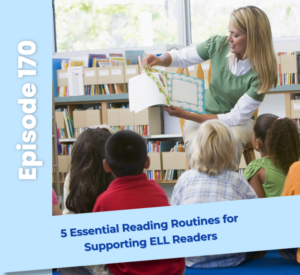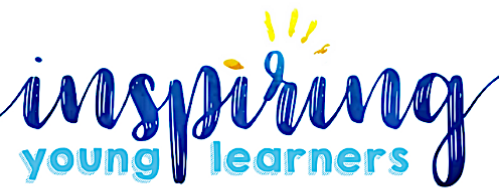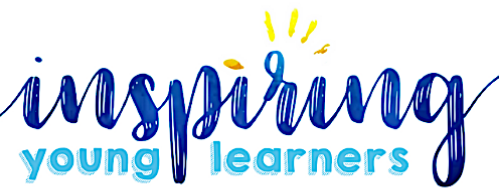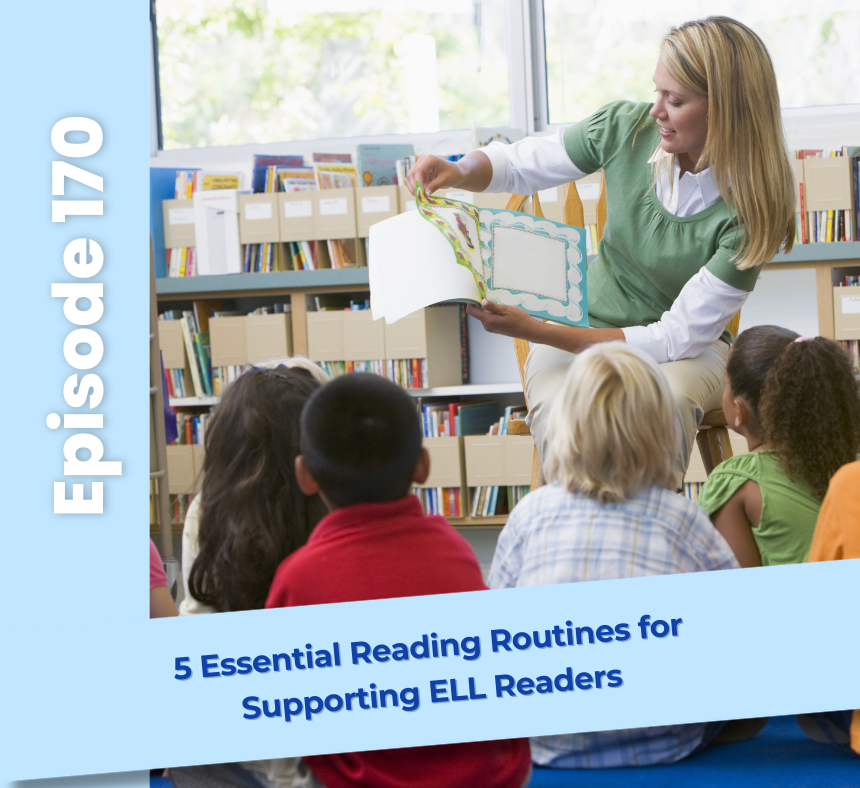Reading is one of the most essential skills for language development. It bridges the gap between oral communication and written expression and gives students the independence to learn, explore, and thrive. But for many ELLs, reading in English presents unique challenges, including decoding unfamiliar words, understanding new vocabulary, and navigating grammar structures that may differ from their home language.
Before we jump into solutions, it’s important to recognize some of the common barriers your ELLs might face:
- Limited vocabulary that makes even simple texts overwhelming.
- Lack of background knowledge that makes comprehension difficult.
- Decoding difficulties due to the complexity of English phonics.
- Comprehension struggles with higher-level texts and unfamiliar cultural references.
The good news? With targeted support and simple, consistent routines, you can help your ELLs build confidence and competence as readers. Below are five powerful reading routines you can implement in your classroom to make a real difference:
1. Pre-Reading Vocabulary Previews
Before introducing a new text, identify key vocabulary words that may trip up your ELLs. Don’t just focus on complex academic terms, sometimes Tier 1 words (basic, everyday vocabulary) can cause confusion too. By previewing words and discussing meanings ahead of time, you’re giving students the tools they need to approach the text with confidence.
2. Guided Annotation
Teach your students to interact with the text as they read. Encourage them to underline keywords, circle unfamiliar words, and jot down questions in the margins. This strategy helps students become active, independent readers and makes it easier for you to pinpoint where they need additional support.
3. Interactive Read-Alouds
Read-alouds aren’t just for younger students! Thoughtful, intentional read-alouds with diverse, engaging texts provide an opportunity to model comprehension strategies, build background knowledge, and create meaningful discussions. Listening to the full story first, then going back to highlight key moments, helps ELLs grasp the bigger picture.
4. Visual Story Mapping
Graphic organizers like story maps and timelines help students visually process what they’ve read. Instead of feeling overwhelmed by a writing task, students can draw and label key details, which strengthens comprehension and helps them retain the material.
5. Daily Reading Fluency Practice
Even short, targeted fluency practice can make a huge difference. Whether it’s simple sentences, high-frequency word lists, or short paragraphs, regular fluency work helps ELLs move from decoding to confident reading. Make it fun with interactive games, dice rolls, or partner reads!
Why These Routines Work
When used consistently, these routines help build the foundational skills ELLs need to grow as readers. They provide structure, repetition, and opportunities for success, which are essential for language learners navigating the complexities of English literacy.
The key takeaway? Be patient. Reading, like language learning, is a long journey. But by incorporating simple, intentional routines into your daily teaching, you give your ELLs the tools they need to thrive—not just in reading, but across all areas of language development.
Links and Resources:
More about Equipping ELLs:
We all know that teaching isn’t easy, but it doesn’t have to be this hard. Equipping ELLs is a podcast for both ESL specialists and homeroom teachers who are looking for effective and engaging ways to support their English Language Learners without adding to their endless to-do list. Tune in each week to hear tips, strategies, and inspirational stories that will empower you to better reach your ELL students, equip them with life-long skills, and strengthen relationships with colleagues and parents.
Your host, Beth Vaucher, is the founder of Inspiring Young Learners. She is an ESL certified homeroom teacher with over 10 years of experience teaching in the US and internationally. Her background of M.Ed in ESL and Curriculum and Instruction combined with her experience has led her to develop a bestselling newcomer curriculum that has sold in over 90 countries around the globe. She brings a different perspective to teaching ELLs from her years teaching and living abroad and working with ELLs from around the world. You will walk away from each episode with the ideas and tools you need to transform your experience as a teacher and cultivate a thriving and welcoming environment for your ELL students.




